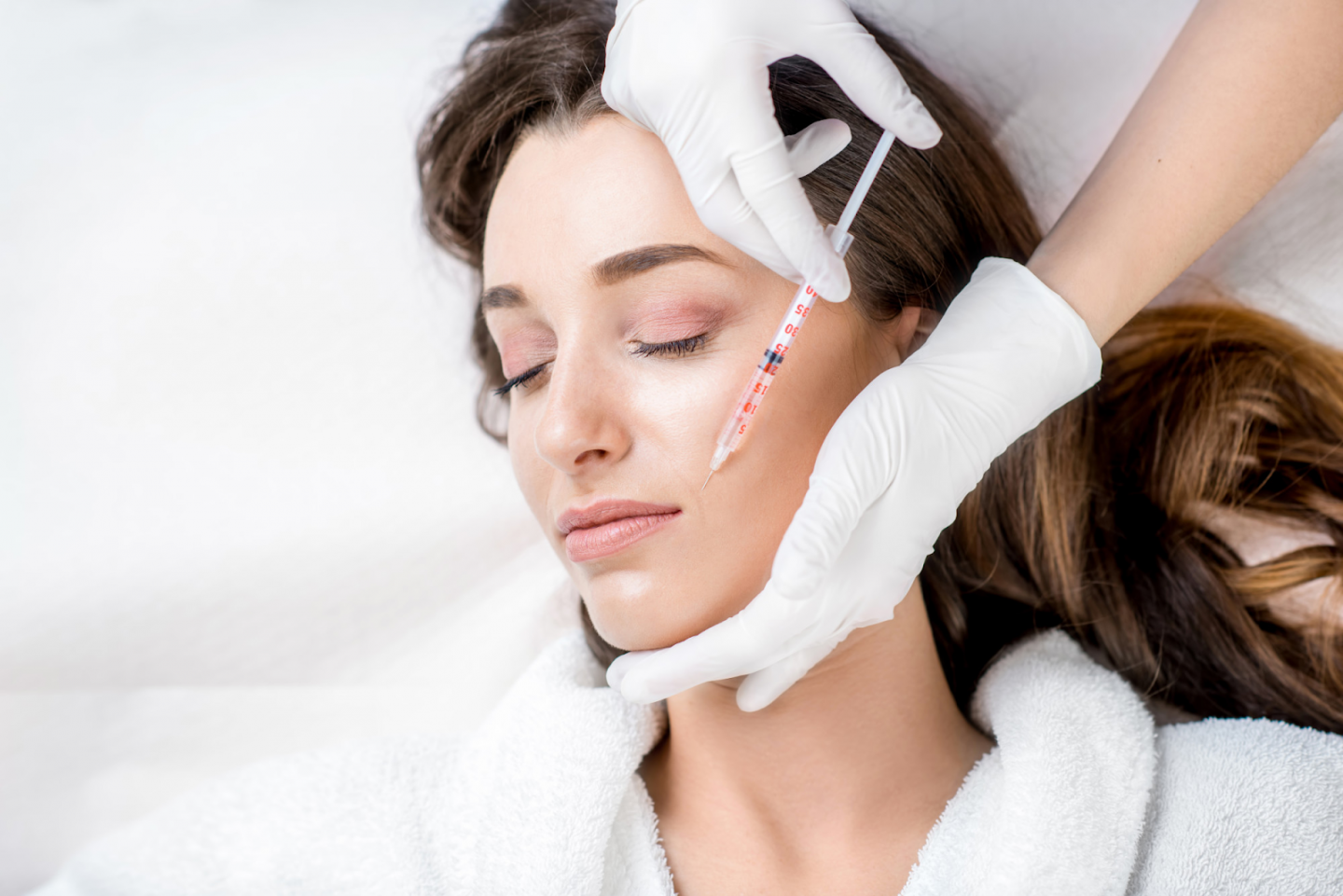
Botox After-Care: The 3 Things To Do After Your Treatment
Botox is well-known for smoothing out wrinkles and giving a fresher and younger look to your face. Botox can also help with other issues like severe headaches and excessive sweating. But getting the best results from Botox involves more than just getting the injections. It’s crucial to take care of yourself properly after the treatment.
In the first few hours and days, what you do and how you treat your skin can really make a difference in how long the effects last from right after your appointment to the daily skincare that helps keep the benefits going strong. In this article, we will go over several tips to help you get the most out of your Botox treatment.
1 – Immediate after-care
After your Botox and fillers in Kelowna, the first 24 hours are super important to make sure everything sets just right. Here’s a quick rundown of what to do to get the best results: First off, try not to touch or rub your face. This can move the Botox around to places you don’t want it to go.
Right after your injections, keep your head up and avoid lying down for about four hours. This helps keep the Botox in place. You should also skip the gym and any heavy lifting, as too much activity can increase swelling or cause bruising.
Also, try to keep a straight face — literally. Avoid big expressions like shouting, laughing hard, or frowning. Staying chill with your facial expressions helps the Botox work just where it should, without spreading around.
2 – Manage common side effects
After your Botox treatment, you might notice some common side effects like bruising or swelling. These are usually mild and go away on their own, but there are a few things you can do to help them clear up quicker.
If you see any swelling, a good trick is to use a cold compress. Just wrap some ice in a cloth and gently apply it to the swollen areas for a few minutes at a time. For bruising, keeping your head elevated when you sleep can also help reduce the visibility faster.
As for pain or redness, it’s usually pretty mild. If it bothers you, over-the-counter pain relievers like acetaminophen can help. Just make sure to avoid aspirin or ibuprofen right after treatment, as they can increase bruising.
3 – Modify your skin-care routine
Taking care of your skin after getting Botox is important if you want to keep those smooth results looking great.
First up, be gentle when you wash your face. Use a soft, soothing cleanser that won’t irritate your skin. Harsh soaps can be too much right after Botox, so go easy.
Moisturizing is your next best friend. A good hydrating cream will help your skin feel soft and can also help calm any redness or marks from the treatment.
The areas where you got Botox might be a bit more sensitive to the sun, so apply a broad-spectrum sunscreen every day. Pick one that’s light and not too greasy, and put more on if you’re going to be outside for a while.
